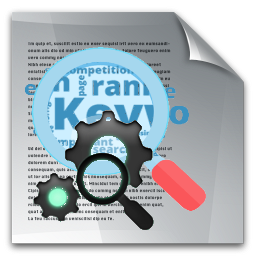| Id | 779 | |
| Author | Warth M., Kessler J., Kotz S., Hillecke T.K., Bardenheuer H.J. | |
| Title | Effects of vibroacoustic stimulation in music therapy for palliative care patients: A feasibility study | |
| Reference | Warth M., Kessler J., Kotz S., Hillecke T.K., Bardenheuer H.J.; Effects of vibroacoustic stimulation in music therapy for palliative care patients: A feasibility study ;BMC Complementary and Alternative Medicine vol:15.0 issue: 1 page: |
|
| Keywords | Advanced cancer patients; End-of-life care; Feasibility; Heart rate variability; Music therapy; Palliative care; Singing chair |
|
| Link to article | https://www.scopus.com/inward/record.uri?eid=2-s2.0-84952875574&doi=10.1186%2fs12906-015-0933-8&partnerID=40&md5=85352aacbeeaf350eeeb9cbbeac92f5c |
|
| Abstract | Background: The present study aimed at examining whether methodological strategies from a previously implemented study design could be transferred to the evaluation of the psychological and physiological effects of a music therapy intervention working with vibroacoustic stimulation in palliative care. Method: Nine participants suffering from advanced cancer took part in single-sessions of music therapy, lasting for 30 min. The live music therapy intervention utilized singing chair sounds and vocal improvisation. Visual analogue scales (VAS) were used to assess self-ratings of pain, relaxation, and well-being before and after each session. During the intervention, we continuously recorded heart rate variability (HRV) as a measure of autonomic functioning. Data collection was complemented by a semi-structured interview to explore subjective experiences in more detail. Feasibility was defined as the ability to complete 80 % of the sessions in accordance with the study protocol. Results: In 5 out of 9 sessions (55 %) it was possible to deliver the intervention and obtain all data as intended. VAS assessment was feasible, although graphical and statistical examination revealed only marginal mean changes between pre and post. HRV recordings were subject to artifacts. While HRV parameters differed between individuals, mean changes over time remained relatively constant. Interview data confirmed that the individual perception was very heterogeneous, ranging from calming to overwhelming. Conclusion: The criterion of feasibility was not met in this study. Physiological data showed high attrition rates, most likely due to movement artifacts and reduced peripheral blood flow in some participants extremities. Examination of individual-level trajectories revealed that vibroacoustic stimulation may have an impact on the autonomic response. However, the direction and mechanisms of effects needs to be further explored in future studies. Trial registration: German Clinical Trials Register - DRKS00006137(July 4th, 2014). © 2015 Warth et al. |
|
| Metodology | Technique |











